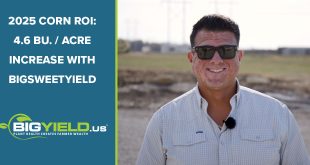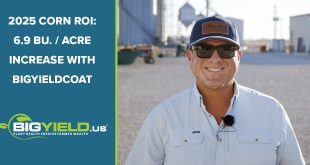Tony Reinsch shares his thoughts on cover crops for erosion prevention, fertility, and weed management.
Video Transcript
I love cover crops. I grew up in the 80’s and everybody farmed fence-row to fence-row, and there was more dirt in the road ditches after winter was over than there was in the field. That’s a little bit of an exaggeration, but I love cover crops because they protect our soil. All of us in agriculture are stewards of the soil. I own farm ground. I want to see cover crop – whether it’s a cover crop on conventional-till, or if they are farming no-till there is usually enough ruffage out there they don’t need a cover crop.
I love cover crops but one thing I will caution people on when they are putting a cover crop out there you need to figure out when you are putting that out there, you need to figure out how to kill that cover crop the next spring when you go back into the field.
The other thing I want to caution people on – this is something I witnessed last year. We had about a 240 acre field in Northeast Nebraska that had cover crop. For the life of them, they could not figure out why in the middle of July there corn was just burning up on that part of the field.
The other part of the field did not have cover crop. What this told us when we finally went out there – myself, a crop consultant, and the farmer all went out there to see what was going on out there. We sat down and went through every aspect and finally figured out that the cover crop they had out there before they got it burned down had sucked about half of the available nitrogen out of the soil. There wasn’t enough nitrogen for the crop. Their corn on that half of the field was basically burning up.
I love cover crops. Figure out how to kill them. Figure out what to spray on them before you plant the next spring. The other thing is make sure they don’t take up too many of your nutrients that are in the field. If they do make sure you have a plan to come in and replace those nutrients either early-on or through foliar feeding.
 BigYield High Yield Soybeans, High Yield Corn, and High Yield Wheat
BigYield High Yield Soybeans, High Yield Corn, and High Yield Wheat



